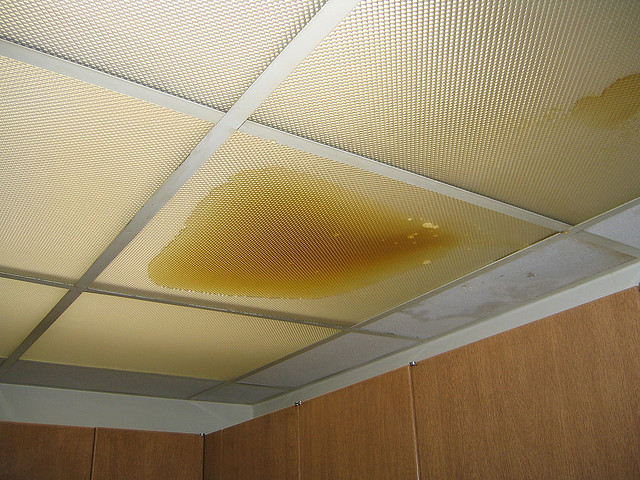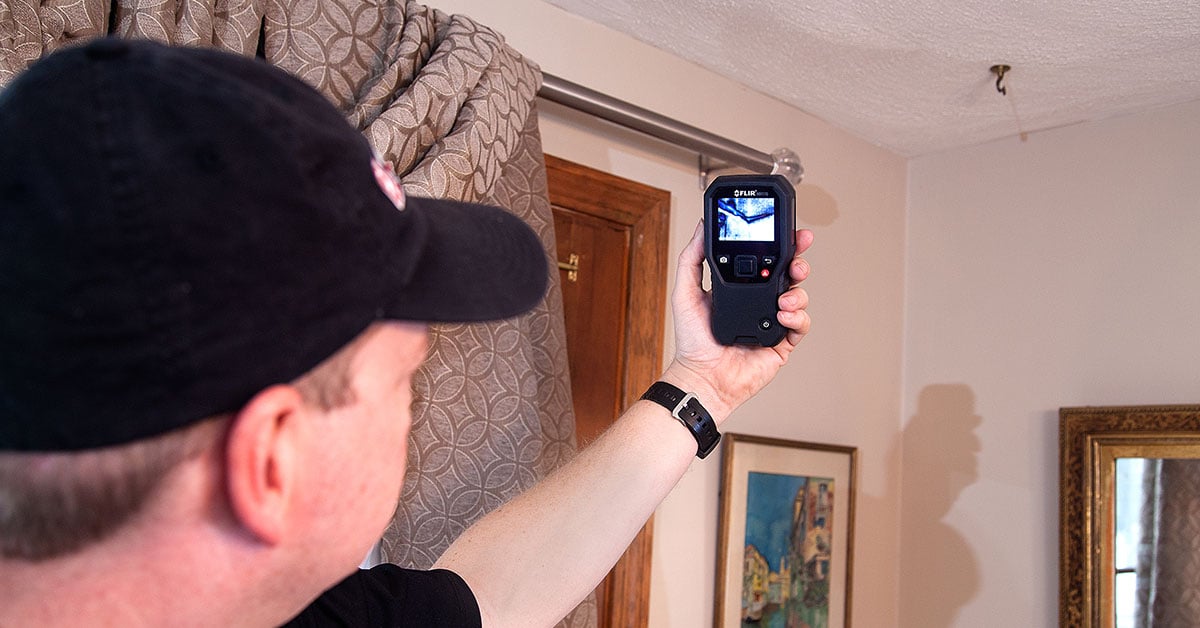Detecting Secret Water Line Leaks: 6 Practical Detection Tricks
Detecting Secret Water Line Leaks: 6 Practical Detection Tricks
Blog Article
The article below pertaining to Hacks to detect leaks is especially intriguing. You should keep reading.

Early detection of dripping water lines can alleviate a potential catastrophe. Some little water leaks might not be noticeable.
1. Take A Look At the Water Meter
Every house has a water meter. Examining it is a proven manner in which assists you uncover leaks. For beginners, switch off all the water resources. Make certain no person will flush, make use of the tap, shower, run the cleaning maker or dishwashing machine. From there, most likely to the meter and also watch if it will alter. Considering that nobody is using it, there ought to be no activities. If it relocates, that indicates a fast-moving leak. If you detect no modifications, wait an hour or two and inspect back again. This indicates you may have a sluggish leak that can even be below ground.
2. Inspect Water Intake
Analyze your water costs as well as track your water usage. As the one paying it, you ought to see if there are any type of disparities. If you detect sudden changes, despite your consumption being the same, it implies that you have leaks in your plumbing system. Bear in mind, your water costs must drop under the very same array each month. An abrupt spike in your bill indicates a fast-moving leak.
At the same time, a steady increase every month, even with the same habits, reveals you have a slow leak that's also gradually intensifying. Call a plumber to completely check your home, particularly if you feel a cozy location on your floor with piping underneath.
3. Do a Food Coloring Test
When it comes to water intake, 30% comes from toilets. If the shade in some way infiltrates your bowl during that time without flushing, there's a leakage in between the container and also bowl.
4. Asses Exterior Lines
Do not fail to remember to check your outside water lines too. Test spigots by affixing a garden tube. Should water permeate out of the connection, you have a loose rubber gasket. Change this as well as guarantee all connections are tight. If you've obtained an automatic sprinkler, it will certainly aid get it professionally took a look at as well as kept every year. One small leakage can throw away tons of water as well as surge your water costs.
5. Evaluate and Analyze the Situation
Home owners need to make it a practice to inspect under the sink counters and even inside cupboards for any type of bad odor or mold and mildew growth. These 2 red flags suggest a leak so prompt interest is needed. Doing routine assessments, also bi-annually, can save you from a major problem.
If you know your house is currently old, maintain a careful eye on your heaters, hose pipes, pipelines etc. Check for discolorations and damaging as most appliances and pipes have a life expectancy. They will certainly also naturally wear away as a result of damage. Do not wait for it to escalate if you believe dripping water lines in your plumbing system. Call a professional plumber as soon as possible so you don't end up with a terrible mess in your house.
Early discovery of dripping water lines can minimize a potential disaster. Some tiny water leakages might not be noticeable. Checking it is a surefire method that assists you find leakages. One small leak can lose bunches of water and also increase your water bill.
If you suspect leaking water lines in your plumbing system, don't wait for it to escalate.
WARNING SIGNS OF WATER LEAKAGE BEHIND THE WALL
PERSISTENT MUSTY ODORS
As water slowly drips from a leaky pipe inside the wall, flooring and sheetrock stay damp and develop an odor similar to wet cardboard. It generates a musty smell that can help you find hidden leaks.
MOLD IN UNUSUAL AREAS
Mold usually grows in wet areas like kitchens, baths and laundry rooms. If you spot the stuff on walls or baseboards in other rooms of the house, it’s a good indicator of undetected water leaks.
STAINS THAT GROW
When mold thrives around a leaky pipe, it sometimes takes hold on the inside surface of the affected wall. A growing stain on otherwise clean sheetrock is often your sign of a hidden plumbing problem.
PEELING OR BUBBLING WALLPAPER / PAINT
This clue is easy to miss in rooms that don’t get much use. When you see wallpaper separating along seams or paint bubbling or flaking off the wall, blame sheetrock that stays wet because of an undetected leak.
BUCKLED CEILINGS AND STAINED FLOORS
If ceilings or floors in bathrooms, kitchens or laundry areas develop structural problems, don’t rule out constant damp inside the walls. Wet sheetrock can affect adjacent framing, flooring and ceilings.
https://www.servicemasterbyzaba.com/blog/how-to-detect-water-leakage-in-walls/

As an avid reader about Locating water leaks, I figured sharing that chunk was important. Sharing is good. You won't know, you may very well be helping someone out. Kudos for your time. Visit again soon.
Article Report this page